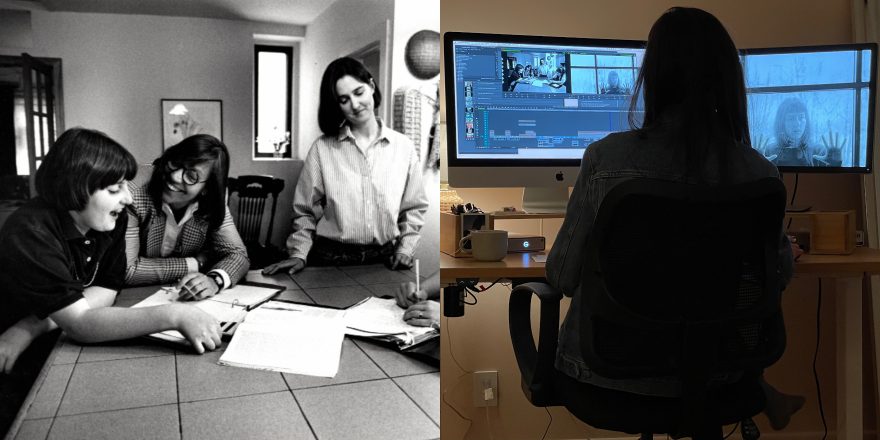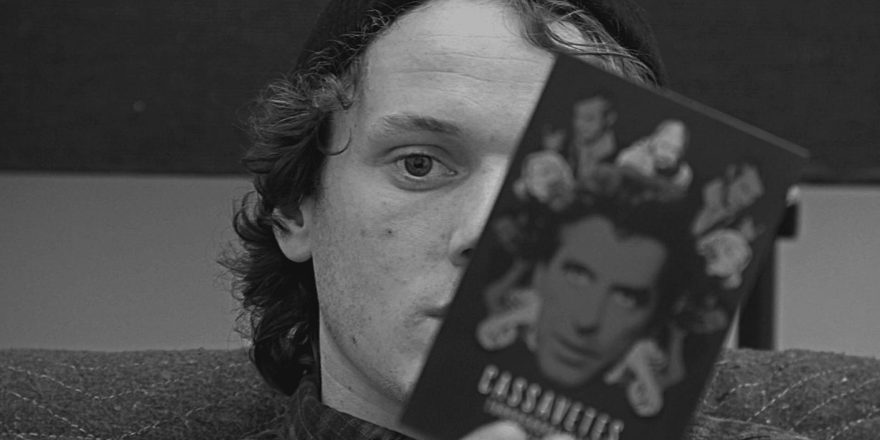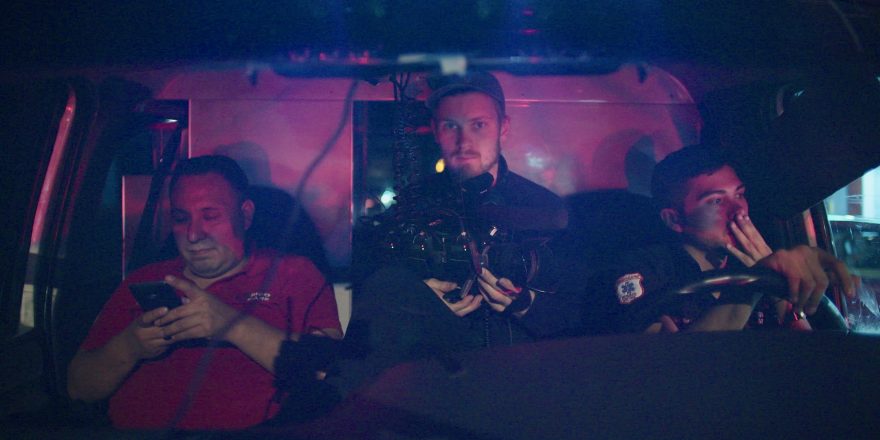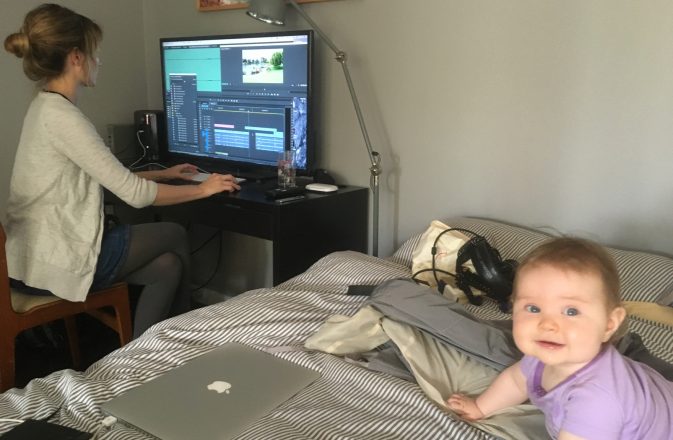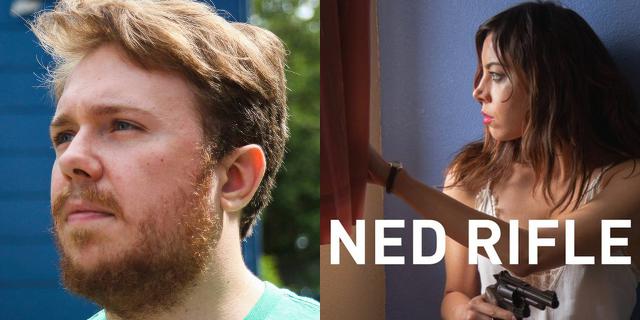“Hello, Ry. I’m making a movie for you.” A man stared at me from an ornate ’80s-era sofa. VHS scan lines danced across his face intermittently and he spoke in a soft but determined voice. “This may be my only chance to talk to you and tell you a little bit about who I am, where I live, um, what happened between us …” He paused. “And, most of all, how much I love you.” I kept watching the tape, even though I felt like I was intruding on a conversation that I had no right to overhear. Because I’m not Ry. I’m her editor.
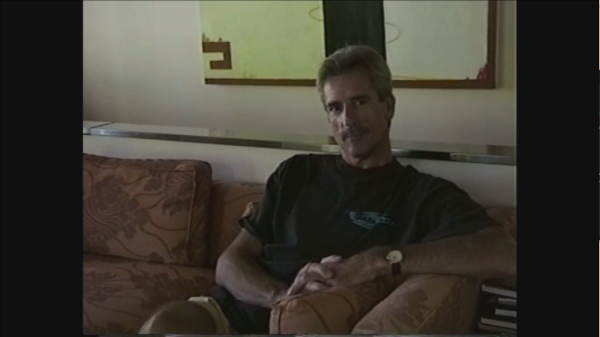
The person being addressed in the tape is Ry Russo-Young, my director. And the man on screen is Tom, her biological father who donated sperm to her moms. When she was nine, he sued her two mothers for paternity and visitation, launching her family into a traumatic trial which affects them all to this day. Ry has tried to tell this story for 20 years. She made a fiction film in college that painted Tom as the Big Bad Wolf, but was dissatisfied with this uncomplicated take on him. Two years ago, when I got involved, she had written a narrative feature script and had settled on approaching the project like a hybrid documentary/fiction piece: mostly scripted with some archival footage sprinkled throughout. But in taking the first exploratory steps with me, in which we explored all three approaches, Ry realized that this had to be a documentary – something that would feature the heartbreaking, at times breathtakingly beautiful, footage of her family’s real life. I felt an immense responsibility to help her tell this story. And I realized quickly that to do that, I had to sift through each piece of footage for the complexity and perhaps even contradictions that lay underneath a narrative that spanned decades.
The hard drives Ry had sent me held an entire life on them, a filmmaker’s history of images and sounds. Family interviews across time, news stories, talk-show interviews, home movies, video diaries. At one point, she tentatively asked me if she should send me some Hi8 footage from her high school years in which she’s having sex with her first boyfriend. I told her without hesitation, “Send it all.” And I really believed it. It all felt relevant in the tapestry that makes us who we are. Ry knew we were staring down into an unknown abyss to get to the heart of this story and that meant laying everything out on the table to see what felt right. She would often call the film a “collage,” a collection of moments that make sense only as a whole.
Part of this process entailed investigating Ry’s innermost, conflicting, and even unwanted feelings; placing older interviews next to new ones, highlighting inconsistencies, pulling out glances, pauses, tone changes. For example, in one appearance on the ’90s daytime talk show, Leeza, Ry said of Tom:
“You know, I met him, like, once or twice before as just this person who helped make me.”
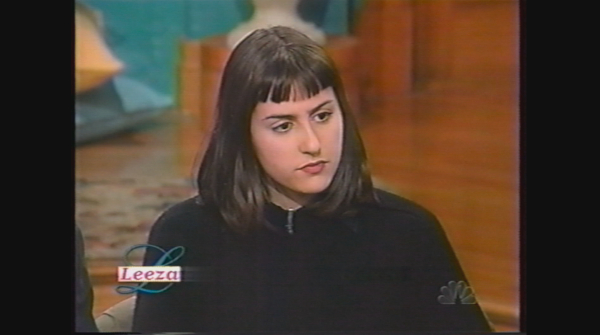
But my access to her archive and the many videos and pictures of Tom and Ry together ran contrary to this description of their relationship.
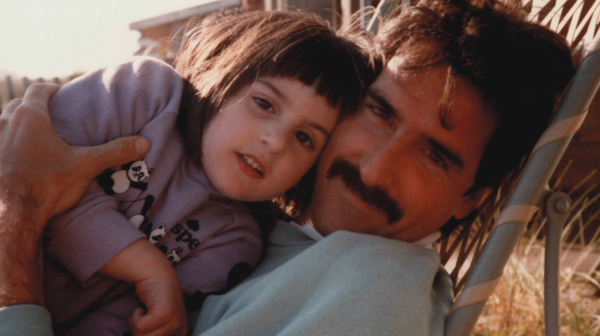
Later, in a 1999 PBS documentary that Ry and her family appeared in called Our House, Ry painted a more nuanced picture:
I don’t want to make [Tom] into such an evil, horrible person. I think maybe […] because I’m biologically connected to him …, I don’t feel comfortable being like, ‘Yeah, he’s evil,’ which I feel like in some way my mom … – it’s easy for her to say that. Because I feel like, then I am, too.
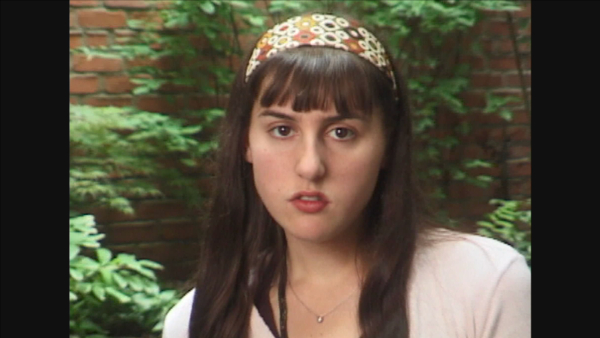
While we were editing, Ry told me on the phone that her statements on Leeza probably felt very true at the time and illustrate something more telling than any factual inaccuracies. Ry and her family had to go to bat with these same words, using them in a trial that would ask them constantly if they knew who and what their family was. But the occasional breaks in these well-trod sentences, like the one in the Our House footage, and the contradictions between the long-accepted narrative and the more complicated feelings, felt difficult to include. Was I betraying Ry and her family, who had been through hell? Was I helping? And the biggest question of all: Was I getting closer to or further from the truth? But I often had to remind myself that the moments in which she and other subjects in the film doubt themselves or come up against unanswerable questions, these are the lifeblood of good storytelling and perhaps, more deeply, the key to healing.
I think editors are always outsiders looking in on a story. And in personal projects, this is even more the case. When Ben Gold, our other fantastic editor, came onto the project, there was now someone else with whom to be an outsider. And we both knew that there was an extra responsibility of understanding how this story could live in a world in which the pain of the past was still felt deeply in the present. Whatever we all made was going to be part of a living, breathing conversation, and would become another puzzle piece in a family’s life and lore. It would exist on a timeline of tellings and retellings, shaping and reflecting the family’s feelings over time.
Digging through the noise of what could be a simple narrative, and one that Ry herself had rejected in past iterations of this story, was crucial. Ry’s point of view, her feelings, and an ever-increasing willingness to open herself up to difficult possibilities, realities, and paradoxes of the project shifted throughout the process. And it wasn’t always a linear path. Her interest in humanizing Tom, while remaining true to her feelings and honoring those of her mothers and sister, was a balancing act. In one impassioned moment, a particularly frank subject lashed out at Ry:
I know what happened and what existed between everyone. And we all felt like we were making a new and different kind of family, and it was really working, and it was a beautiful thing. And the fact that it’s been so misdescribed […] – just hurts me. And it’s a disservice to you.
These uncomfortable moments allowed us to create a narrative that had great tension, but it was occasionally easy for me to lose sight of Ry’s own point of view. Ben and I would be seduced by statements like these. Especially in sequences where we invite the audience to sympathize with Tom, we had the tendency to veer too far in one direction and Ry would nudge us back to the path, while recognizing the value both personally and narratively of humanizing her family’s villain. So we’d pull back … and then realize that we needed to give more time to Tom, until we found the perfect balance. On a grand scale, Ry’s point of view was the guiding light. And it could be a moving target, as feelings can be. I always had to remember that Ry’s reactions to cuts of the film reflected not just a director’s keen eye, but also those of a human being grappling with the past. A human being who would always admire and love her mothers and sister, but who would always have something unique that was outside of them.
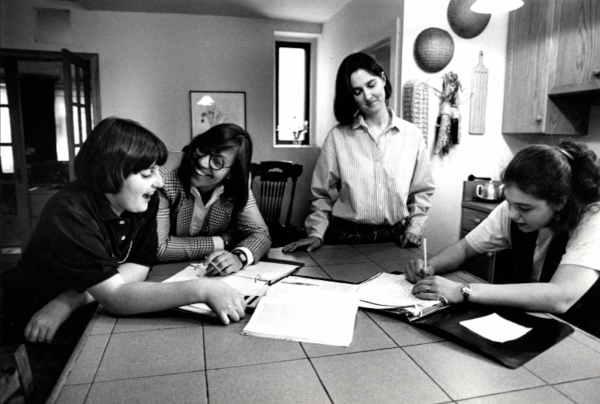
When I finally had the chance to meet Ry’s mothers, Robin and Russo, they were the same warm, funny moms I had seen on screen for over two years. Russo said of making the film that the only thing she hadn’t done was to “open up my entire underwear drawer to show everybody what’s inside!” She was right. On screen, you see decades of love, frustration, humor, anger, joy. And by mining these moments for their deeper, more complex, truths, I feel that I played some small part in a healing process that will live on to have another life long past the film.
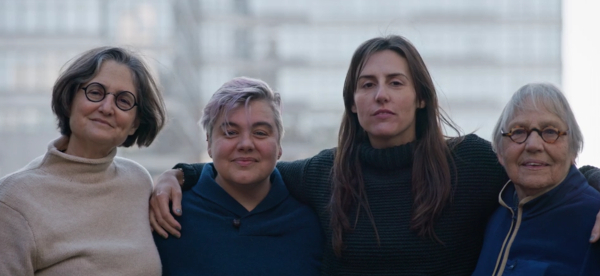
All images courtesy Pisie Hochheim.


